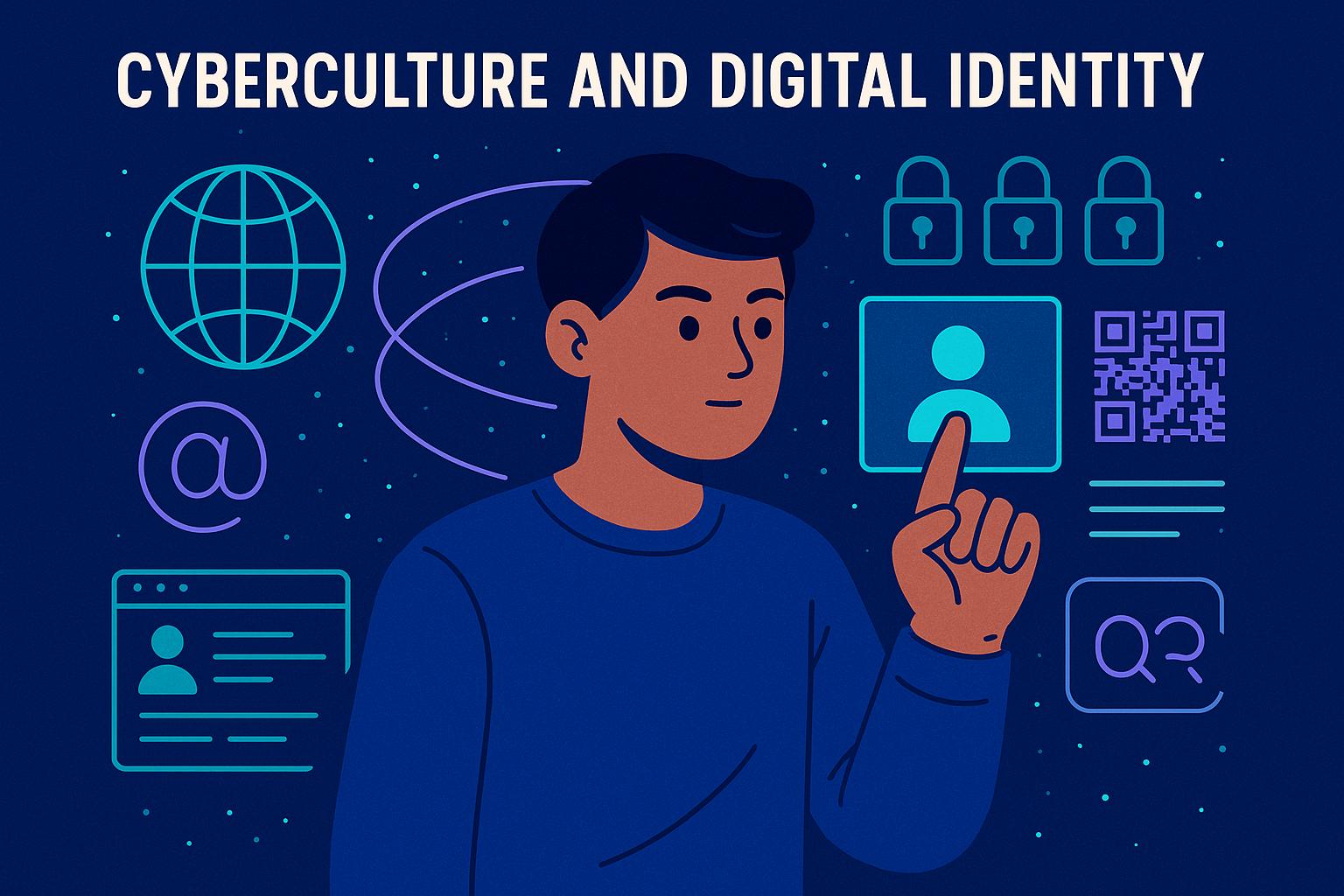The Influence of Culture on Educational Methods
The role of culture in education is a significant factor that shapes the ways in which knowledge is imparted, received, and utilized. Cultural dimensions affect both the content and the delivery methods in educational systems around the world.
Cultural Values and Educational Priorities
Cultural norms and values often determine the priorities within an educational curriculum. In some cultures, there is a strong emphasis on collectivism, which may encourage collaborative learning methods and community-based projects. In contrast, cultures that prioritize individualism might focus on competitive assessments and individual achievements.
Educational systems are deeply influenced by the cultural backdrop against which they operate. For instance, in societies where collectivism is valued, educational methods that promote group work and community engagement are often employed. These methods can include group projects, class discussions aimed at reaching a consensus, and peer teaching opportunities. The belief in shared responsibility and community support is mirrored in these educational practices, emphasizing the development of social skills and collaborative problem-solving abilities.
Conversely, in cultures that value individualism, the educational focus tends to shift towards individual accomplishments and self-sufficiency. Teaching methods in these settings might emphasize personal responsibility, critical thinking, and independent research. Students may be encouraged to develop their unique interests and talents, often through assessments that highlight individual performance and learning progress. The aim is to cultivate autonomous learners who can independently navigate complex problems and contribute their perspectives.
Communication Styles and Classroom Interaction
A culture’s communication style can significantly influence classroom dynamics. In some educational environments, indirect communication and non-verbal cues are prevalent, while in others, direct verbal communication is encouraged. These preferences influence teacher-student interactions as well as peer-to-peer exchanges.
In classrooms where an indirect communication style is valued, educators may employ subtle cues and body language to guide students. This approach can foster a respectful and harmonious learning environment where students are offered the opportunity to infer meaning and develop critical interpretation skills. However, this can sometimes lead to ambiguity or misinterpretation if students are not attuned to these subtleties.
On the other hand, cultures that prioritize direct communication often encourage open dialogue and explicit instructions. This transparency in communication helps to minimize misunderstandings and ensures that expectations are clearly conveyed. Students in such environments are likely encouraged to voice their opinions, ask questions freely, and engage in debates. The focus here is often on clarity, assertiveness, and self-expression.
Learning Styles and Cognitive Preferences
Cultural dimensions shape cognitive preferences, leading to variations in learning styles. Some cultures may favor analytical and linear thinking, whereas others might prioritize holistic and intuitive approaches. Educational systems, therefore, need to accommodate these diverse learning preferences to effectively nurture student potential.
Students who are accustomed to an analytical and linear thinking approach benefit from structured learning environments where information is presented sequentially. Courses that involve step-by-step problem-solving, logical reasoning tasks, and data analysis projects are well-suited to these learners. Structured lessons, clear objectives, and a focus on factual accuracy are the hallmarks of education in cultures that support this style of thinking.
In contrast, students from backgrounds that embrace holistic and intuitive approaches may thrive in educational settings that encourage creative thinking and integrative learning experiences. These learners often excel in situations where they can see the connections between disparate fragments of knowledge. Systems that support these preferences might emphasize thematic teaching, interdisciplinary projects, and learning through exploration and discovery.
The Role of Educators
Educators play a crucial role in adapting teaching methods to fit the cultural context. Understanding cultural influences can aid teachers in creating an inclusive environment that respects and incorporates students’ cultural backgrounds. This cultural responsiveness enhances educational outcomes and fosters a more equitable learning atmosphere.
For educators, cultural competence is essential. Teachers who are aware of cultural factors affecting learning can modify their teaching strategies to better serve their students. This might involve integrating cultural examples into lessons, recognizing different cultural holidays in the classroom, or using culturally relevant teaching materials. Additionally, educators who understand cultural nuances are better prepared to build strong relationships with students, facilitating a respectful and supportive classroom environment.
Professional development programs that focus on cultural awareness can equip educators with the skills necessary to navigate diverse classrooms. Training that covers topics such as implicit bias, differentiated instruction, and culturally responsive pedagogy is invaluable for educators working in today’s multifaceted educational landscape.
Conclusion
In conclusion, the interplay between culture and education is complex and multifaceted. Recognizing and adapting to cultural dimensions in education can lead to more effective teaching and learning experiences, catering to the diverse needs and values of students worldwide.
Educational systems must strive to be inclusive and adaptable, reflecting the cultural diversity of the learners they serve. By considering cultural values, communication styles, learning preferences, and the role of educators, educational institutions can help students achieve their fullest potential. This cultural sensitivity not only helps in fostering better educational outcomes but also prepares students to thrive in an increasingly globalized world.
The commitment to understanding and integrating cultural influences within educational practices is an ongoing journey. As societies become more interconnected, the ability to appreciate and leverage cultural diversity within education becomes increasingly important. This endeavor requires continuous dialogue, research, and cooperation among educators, policymakers, and communities to ensure that educational methods remain relevant, effective, and inclusive.



